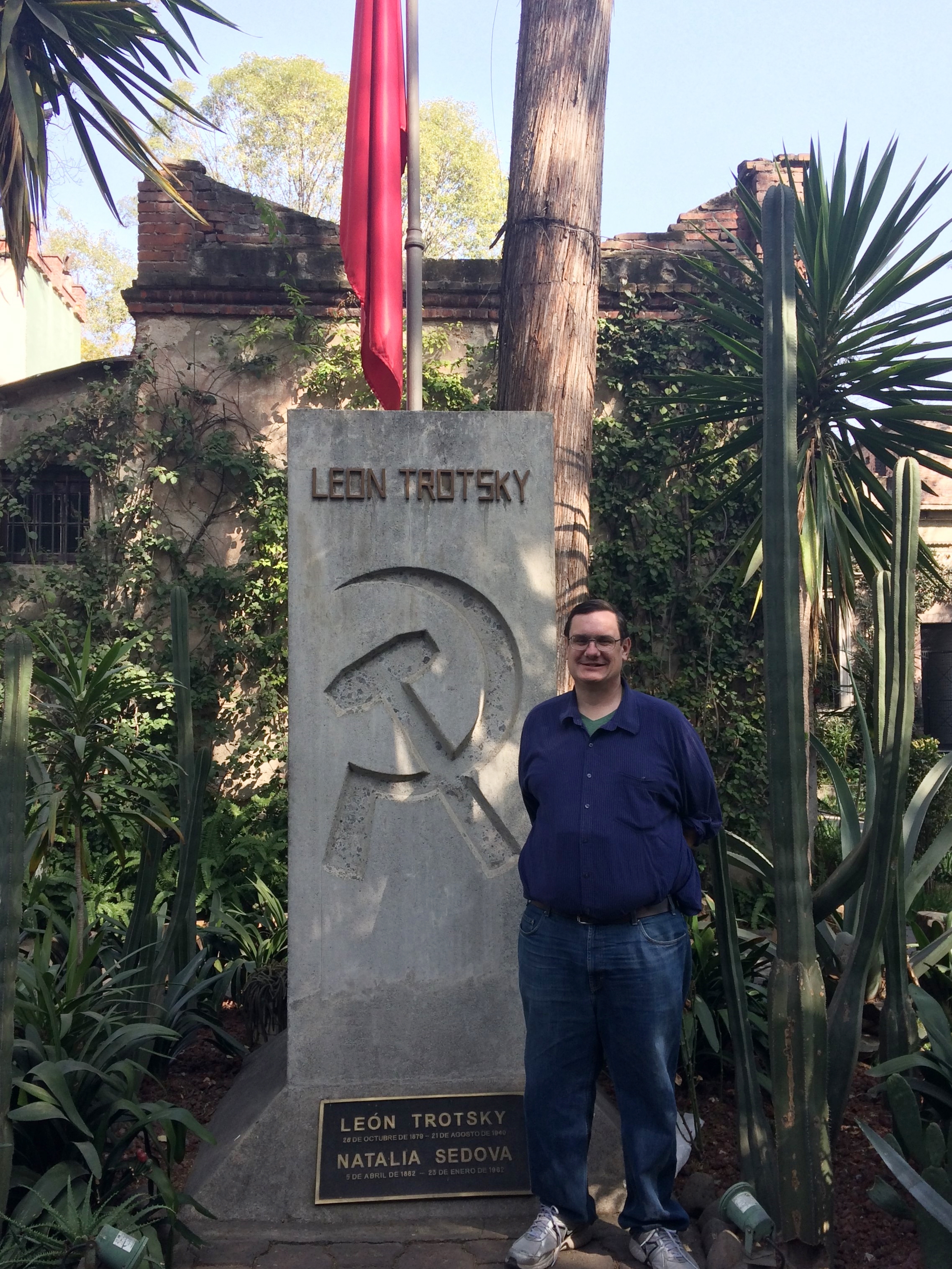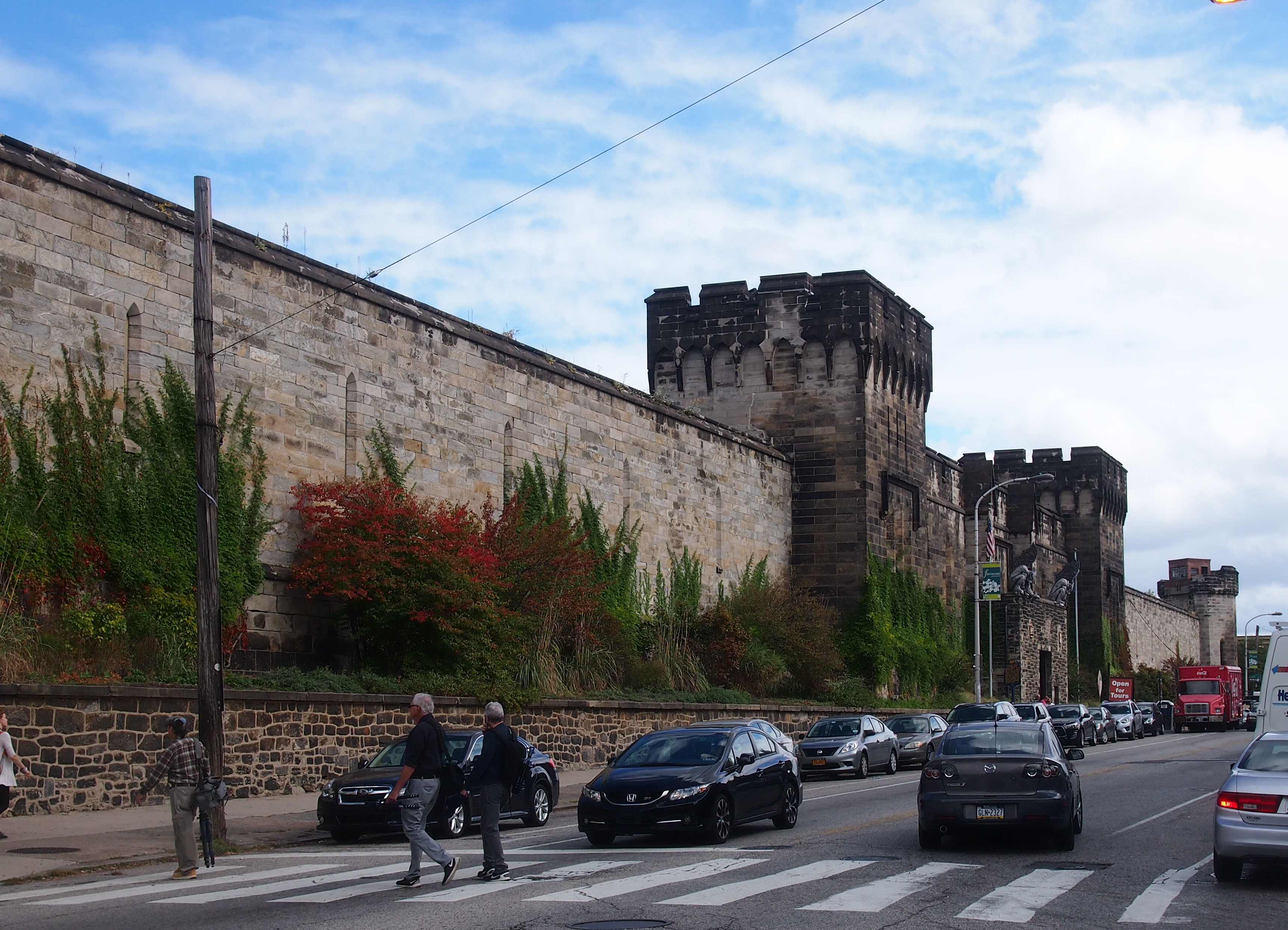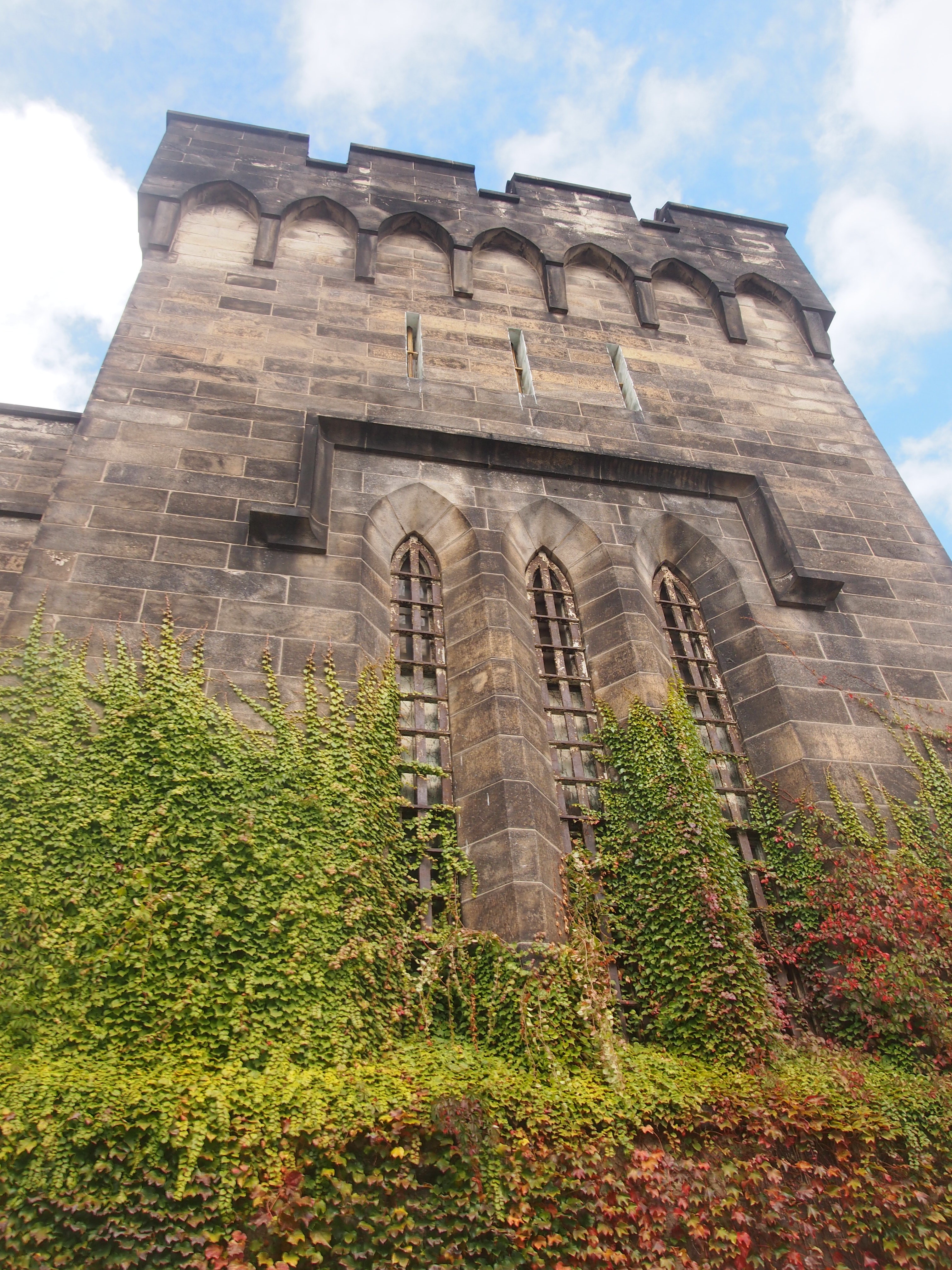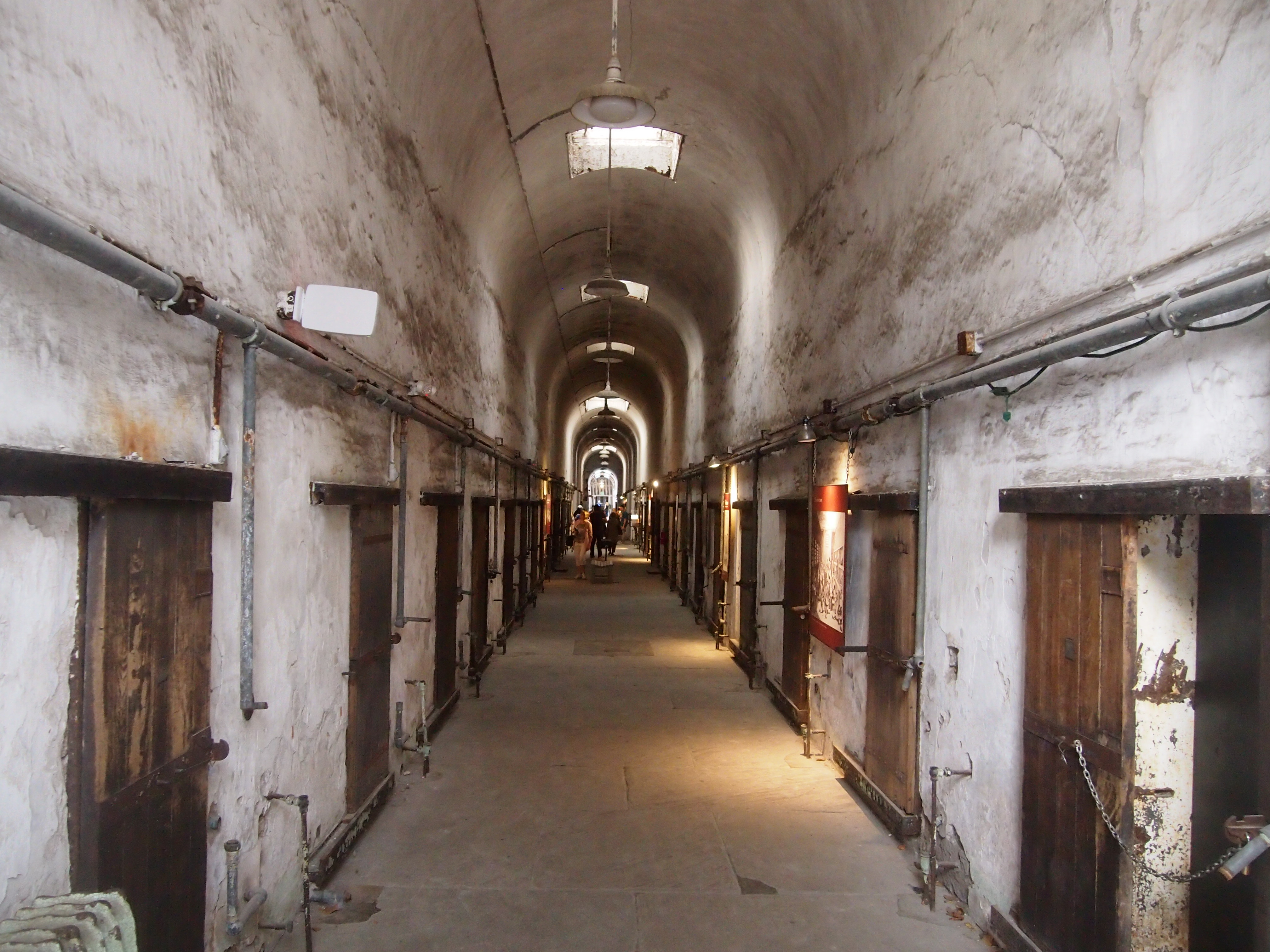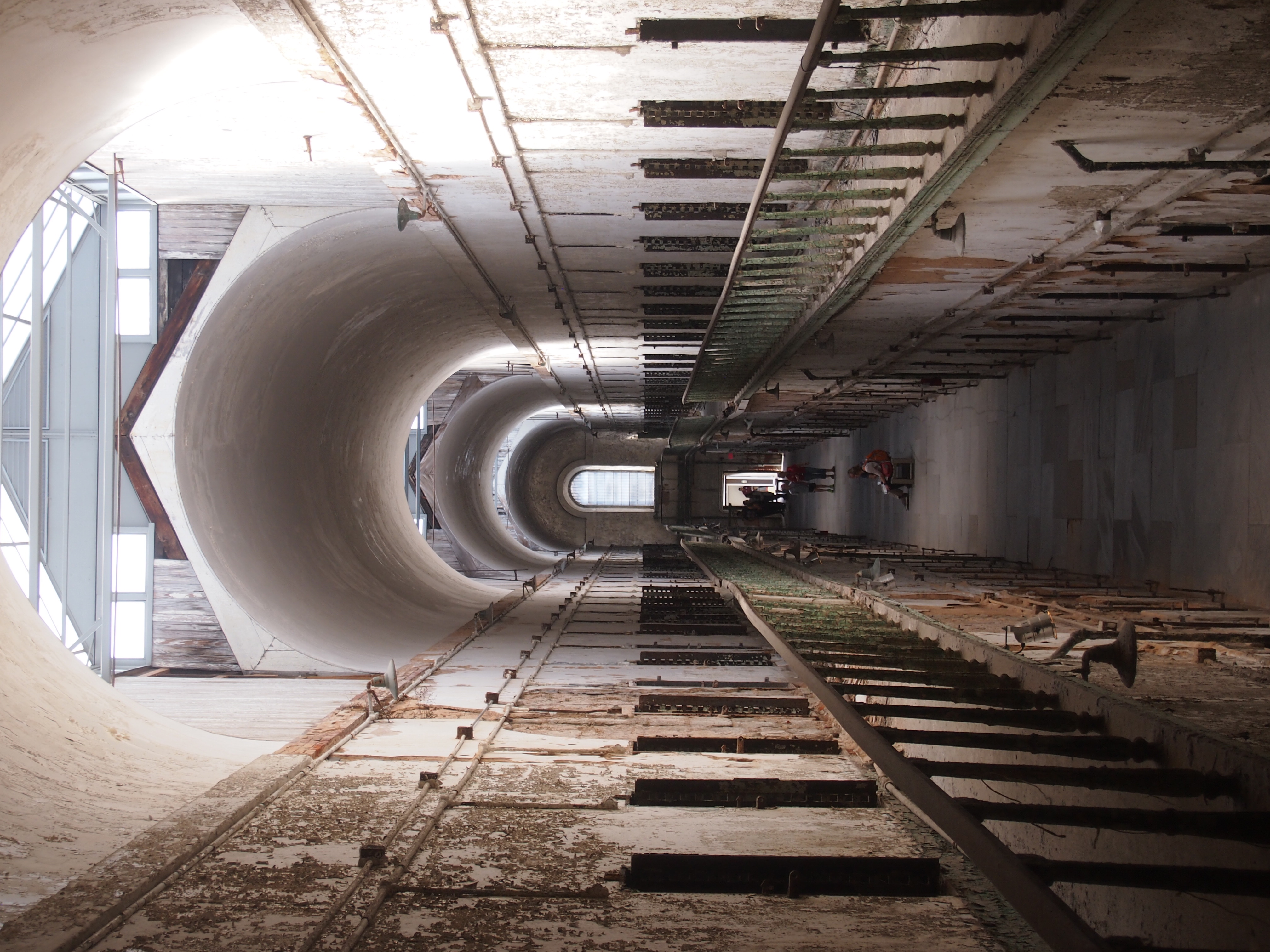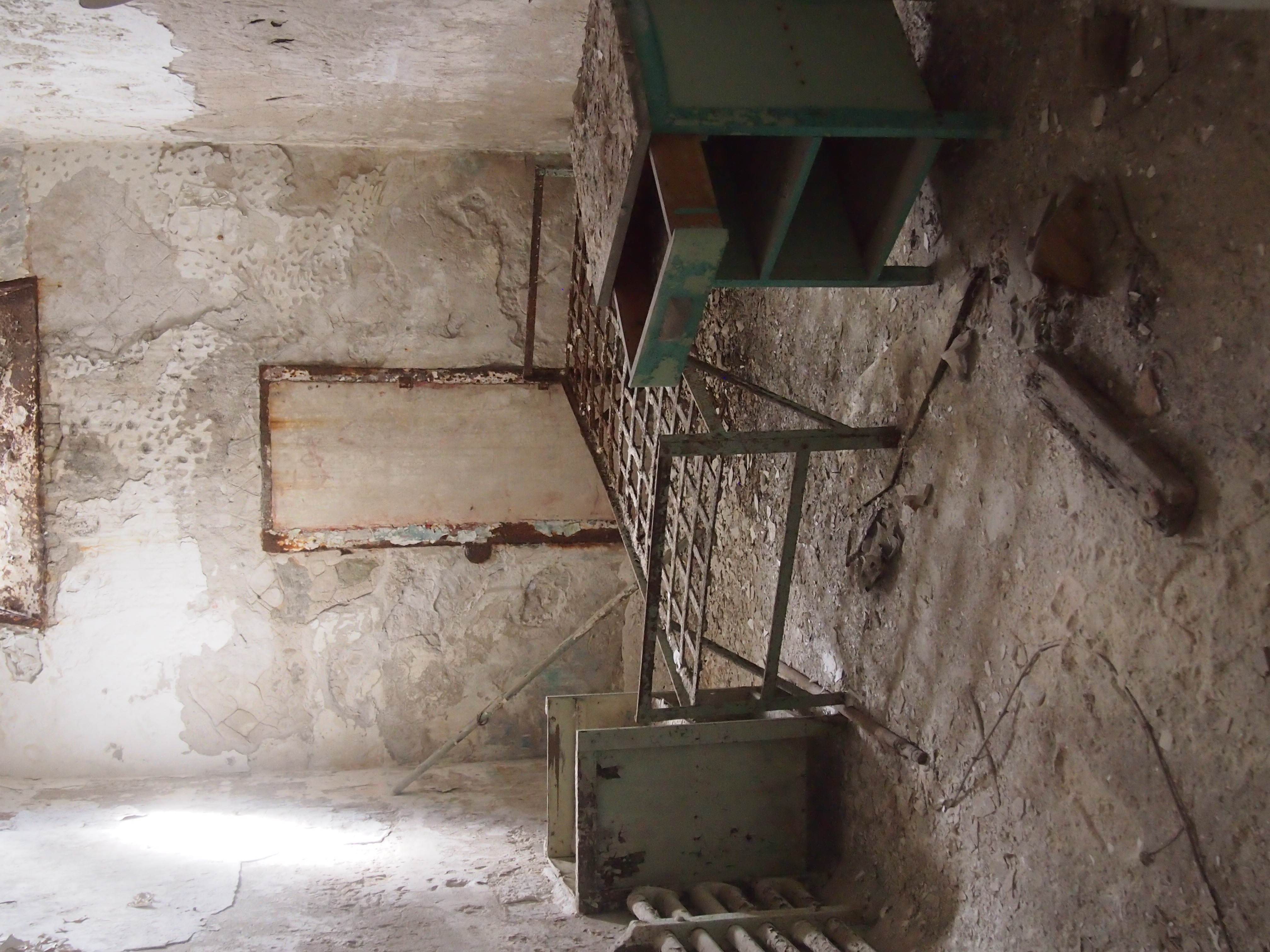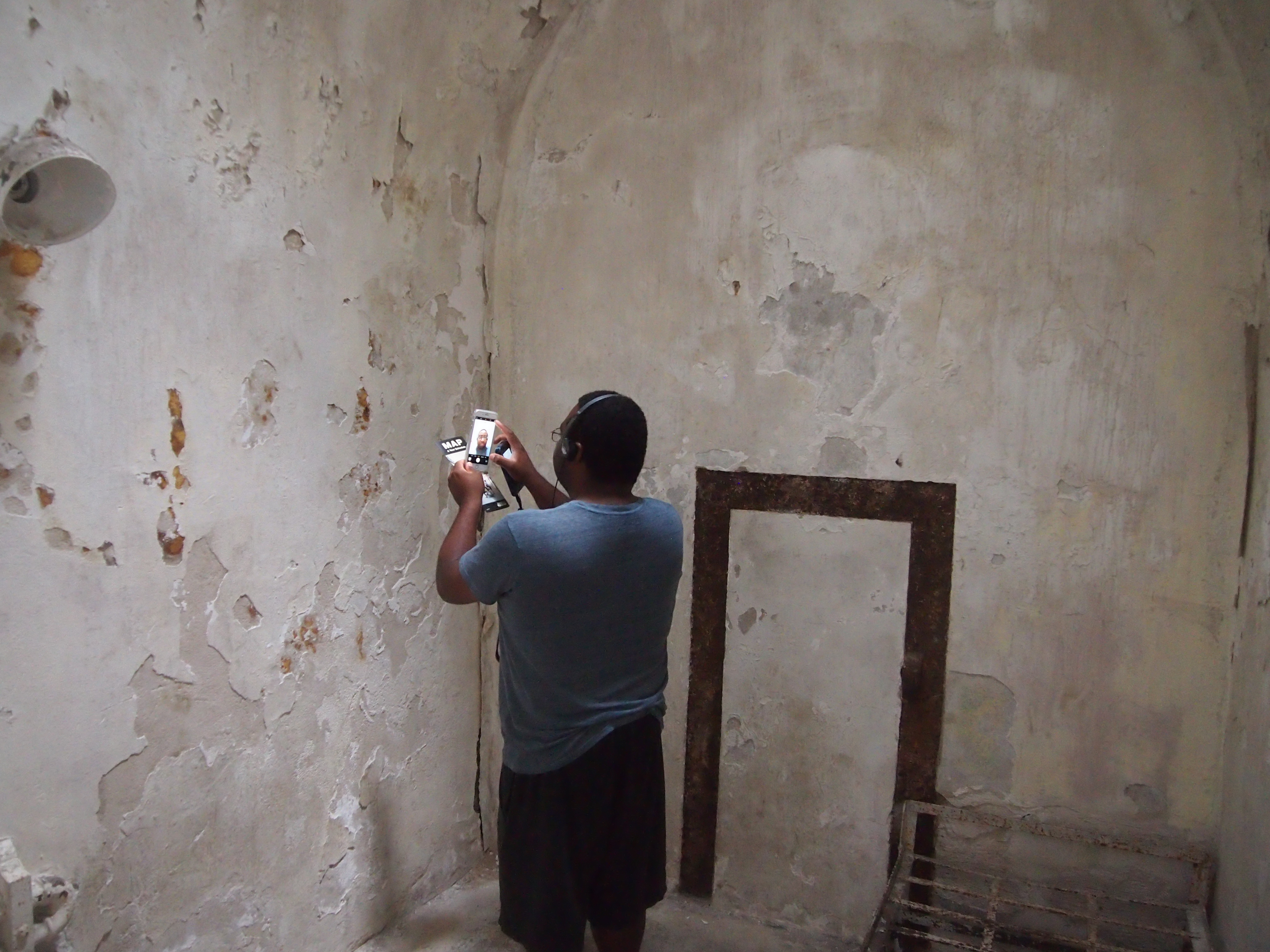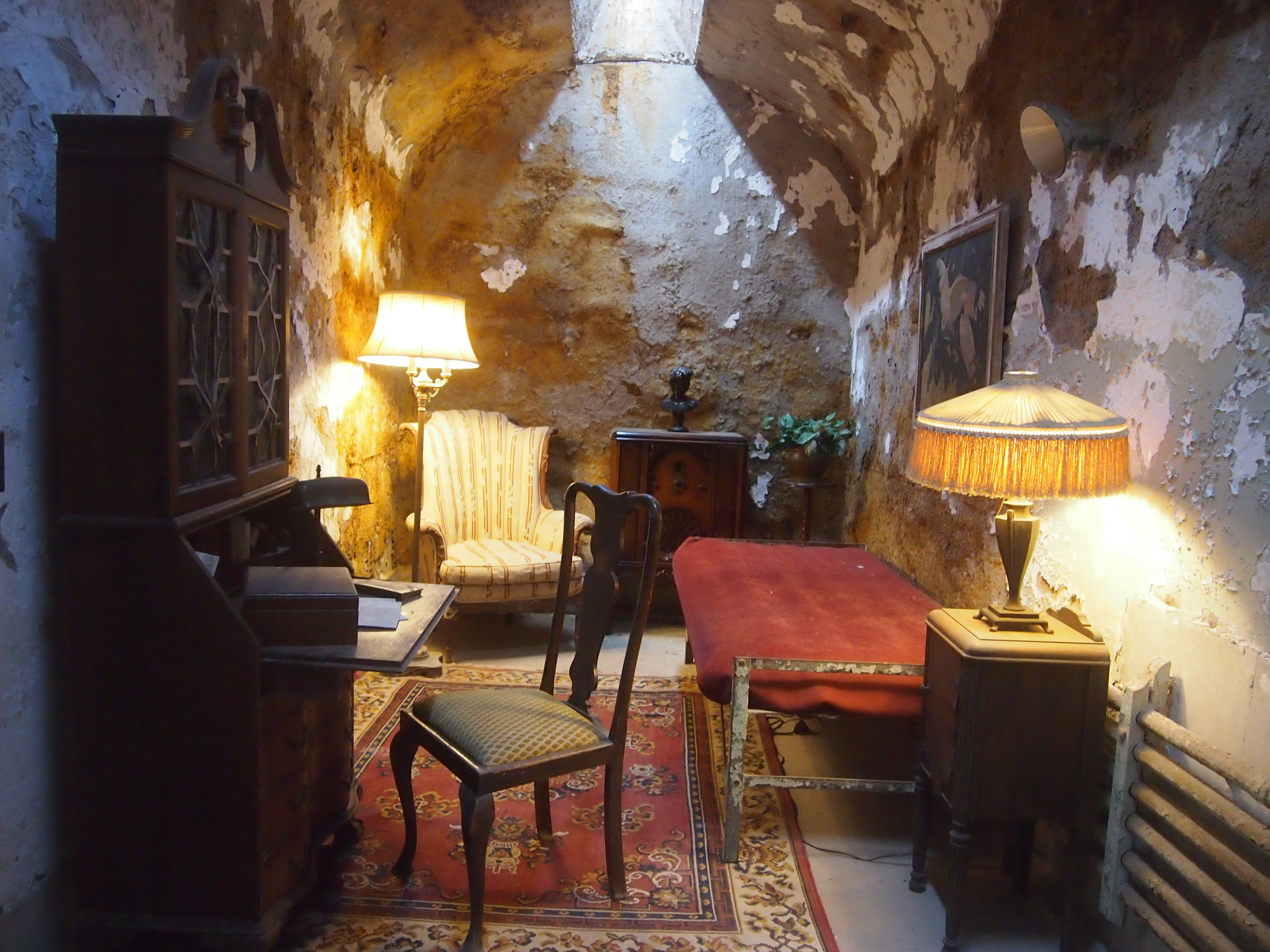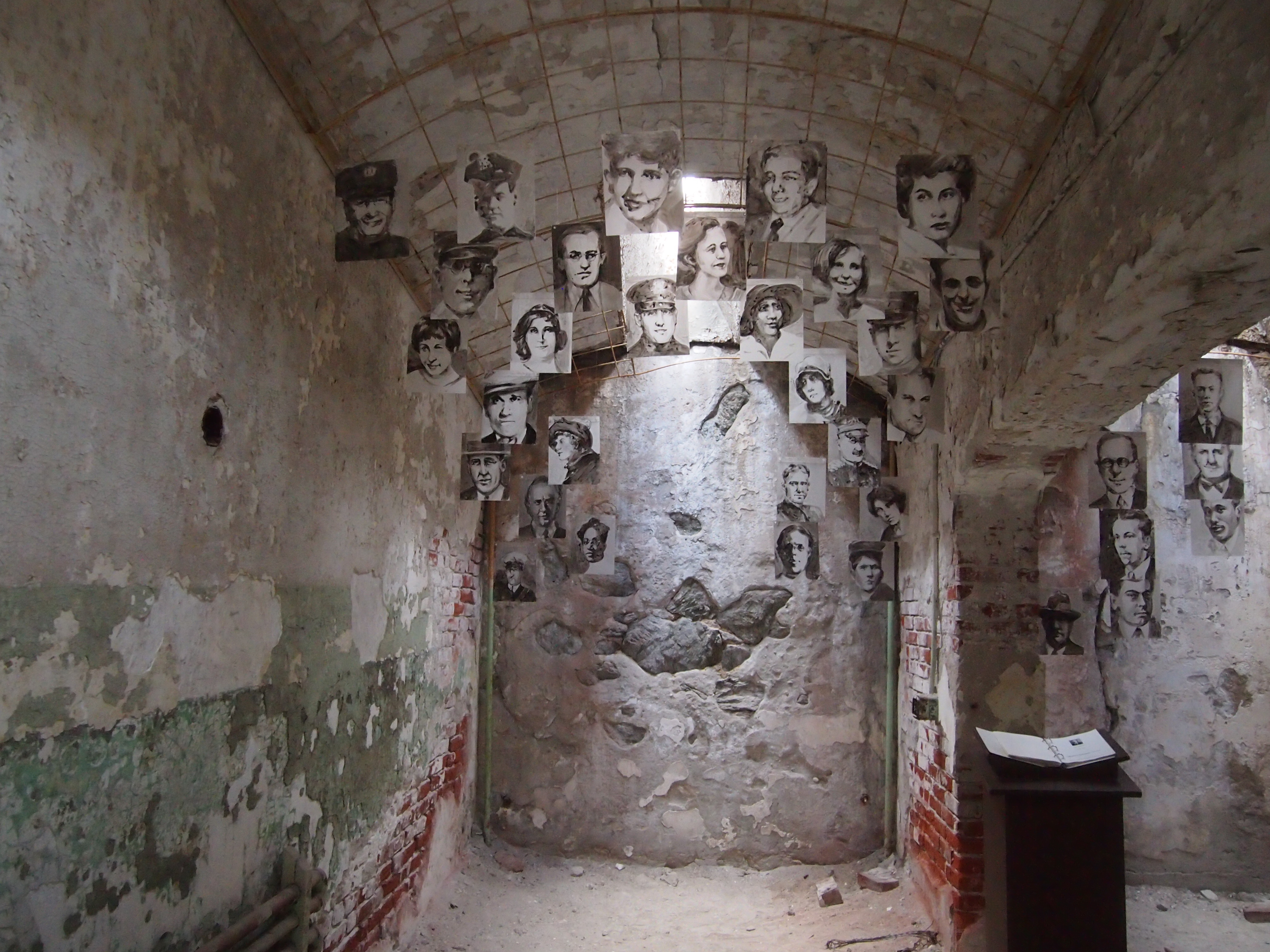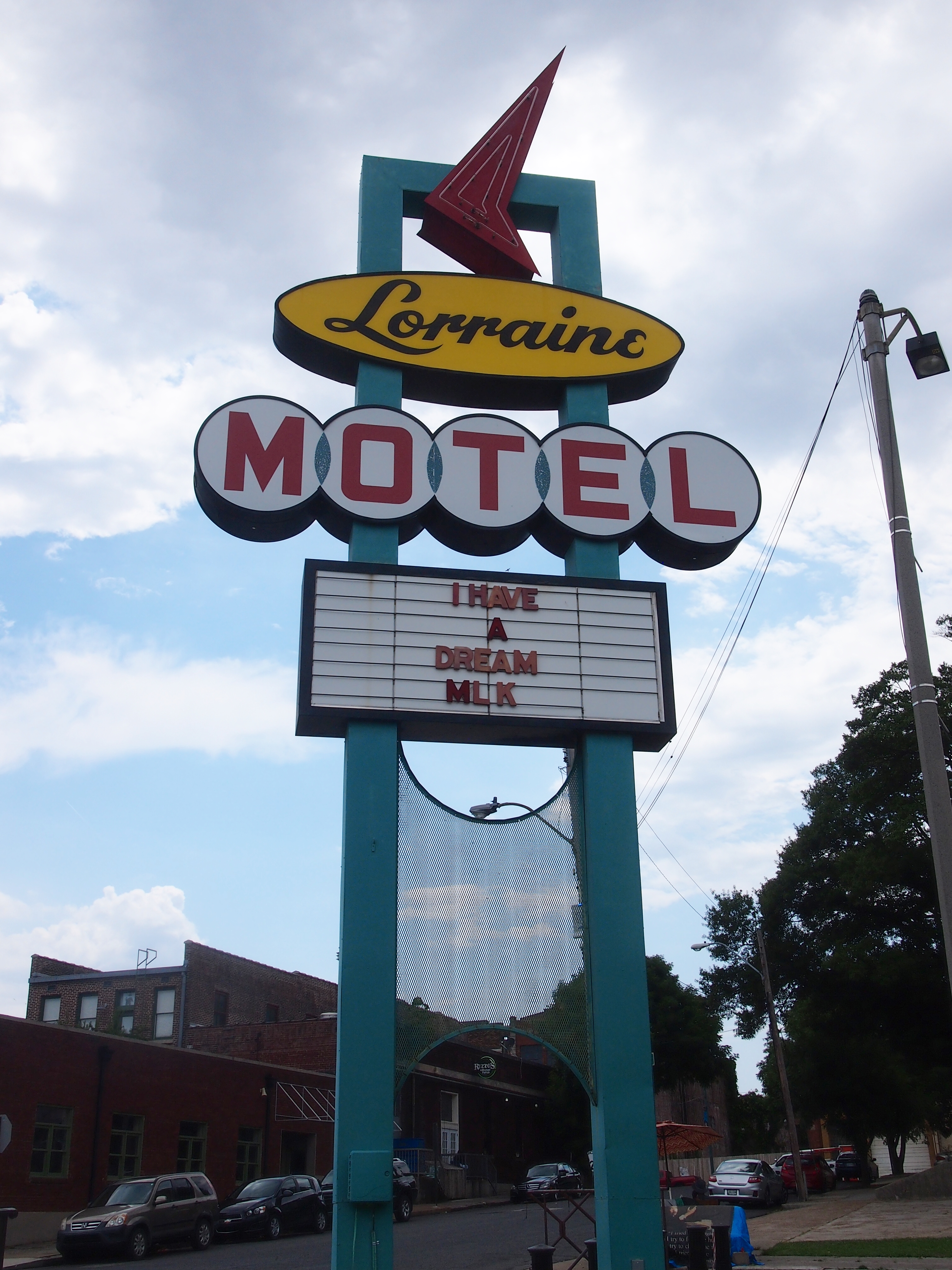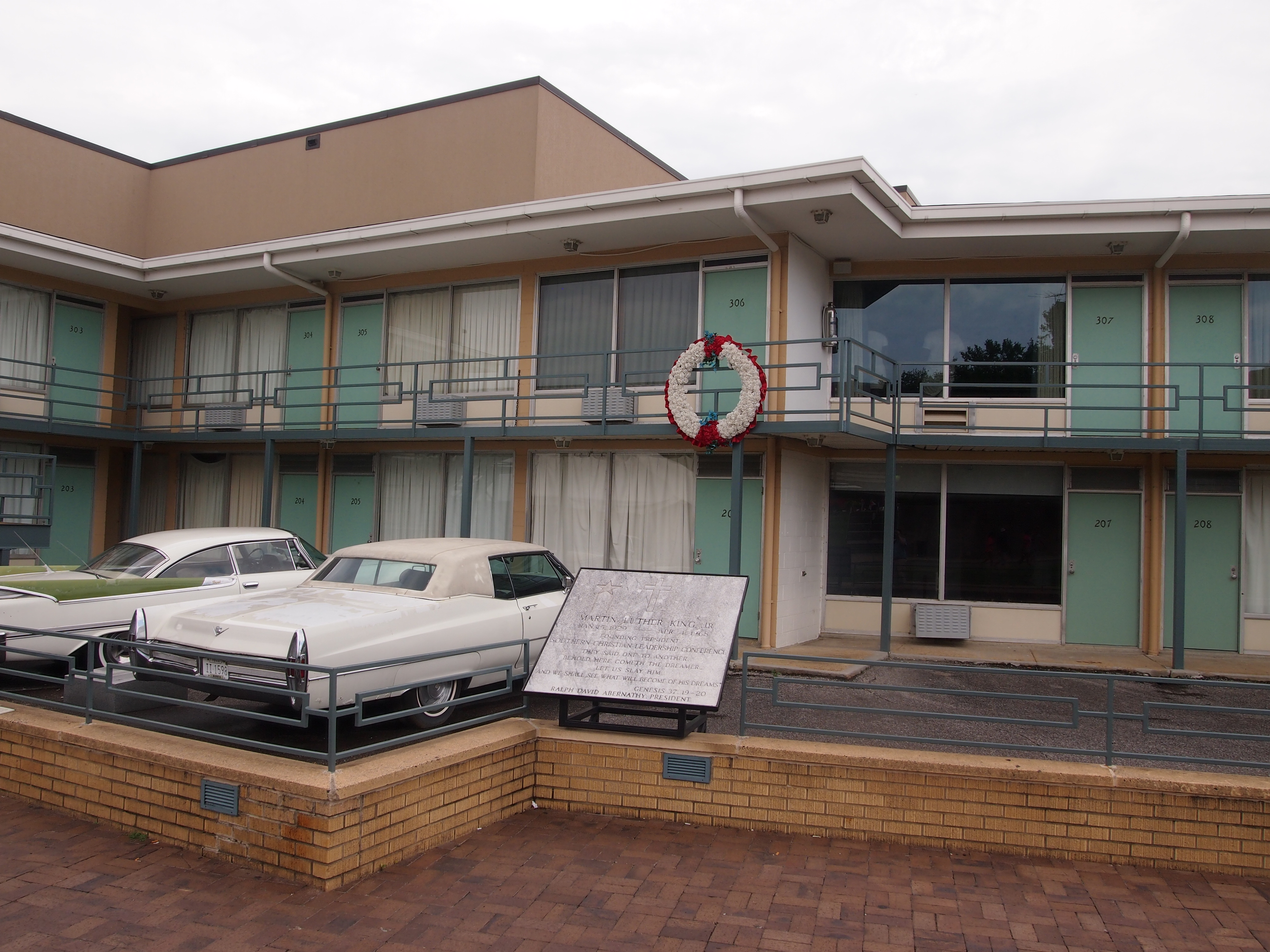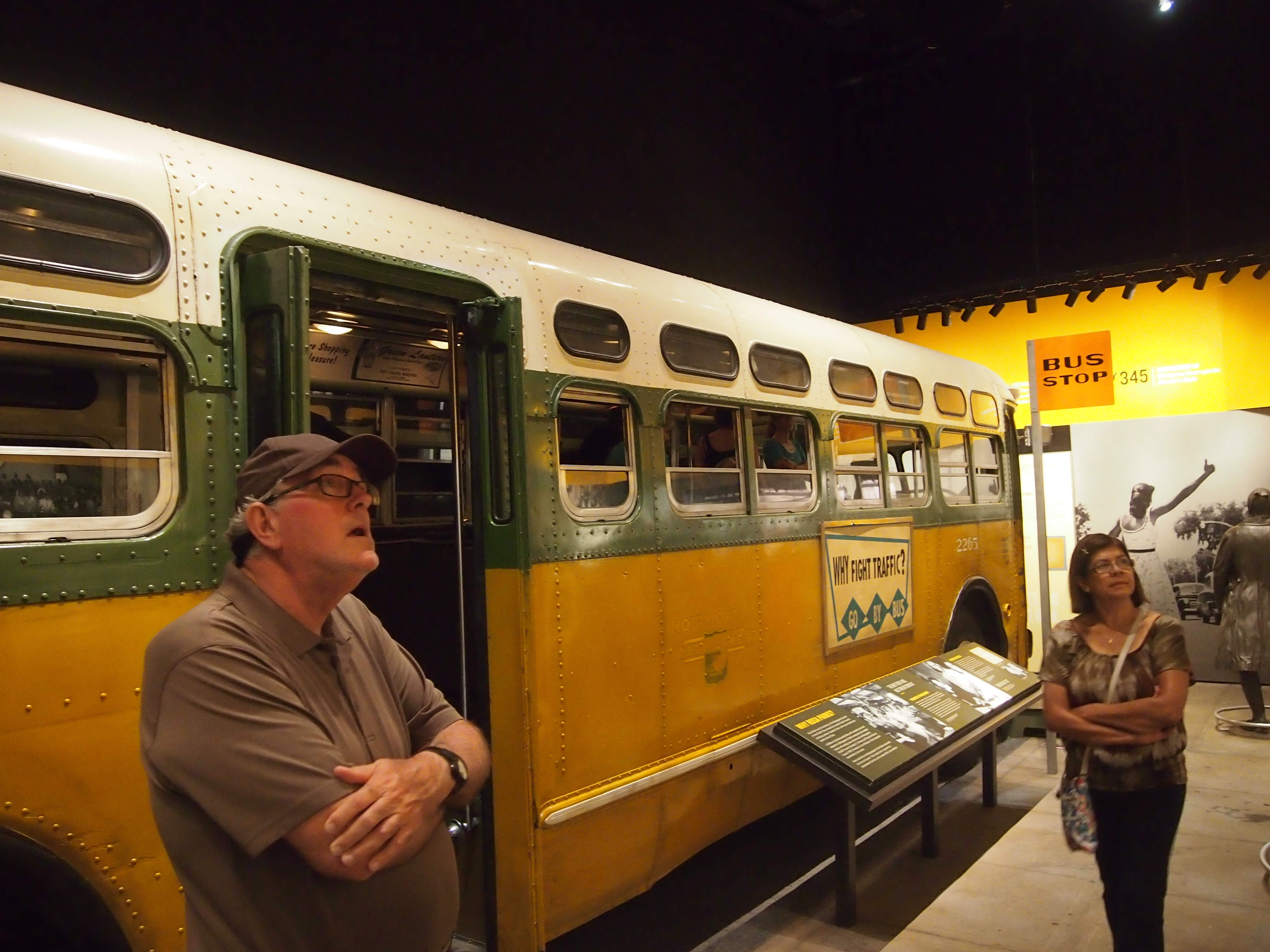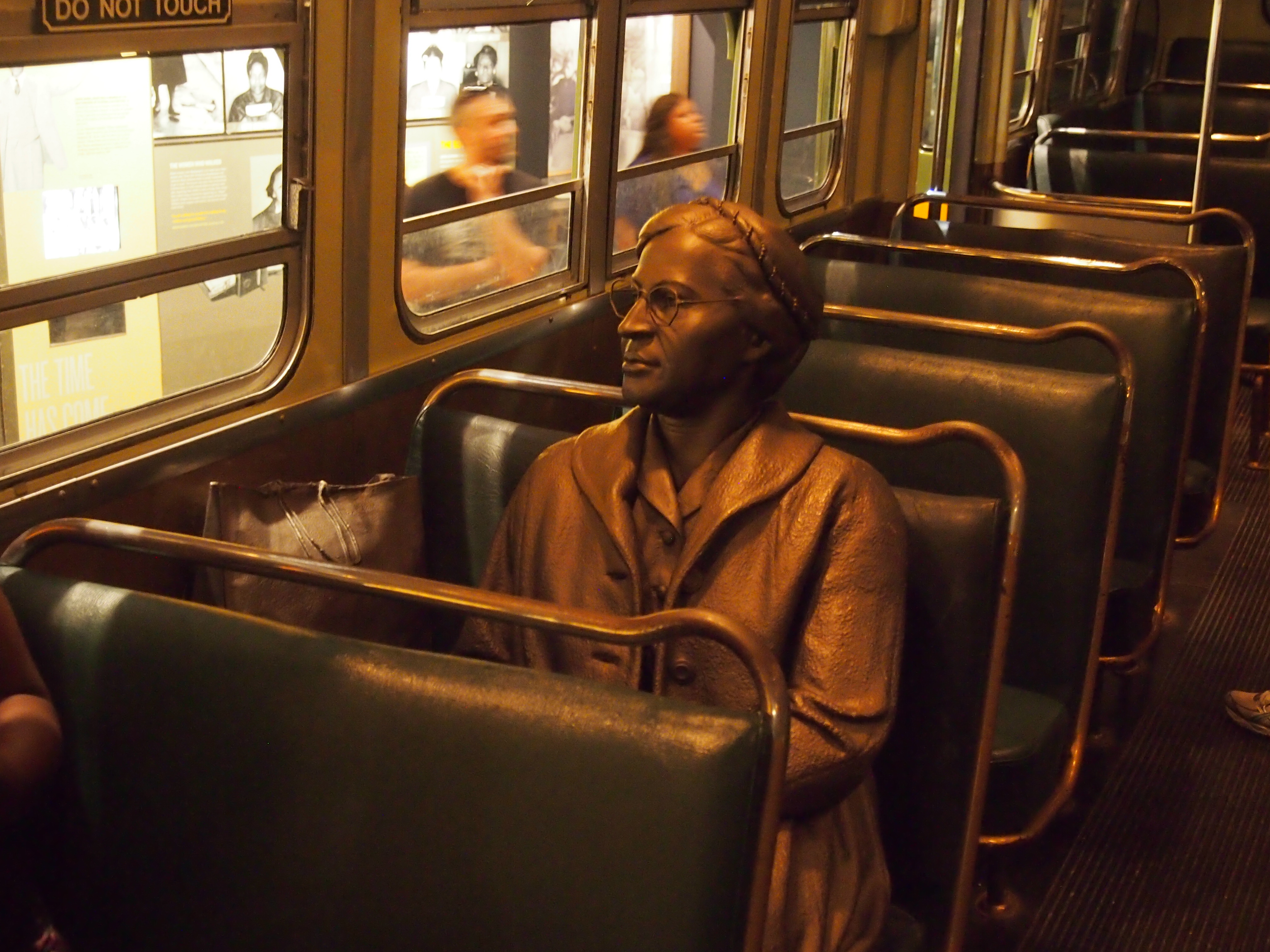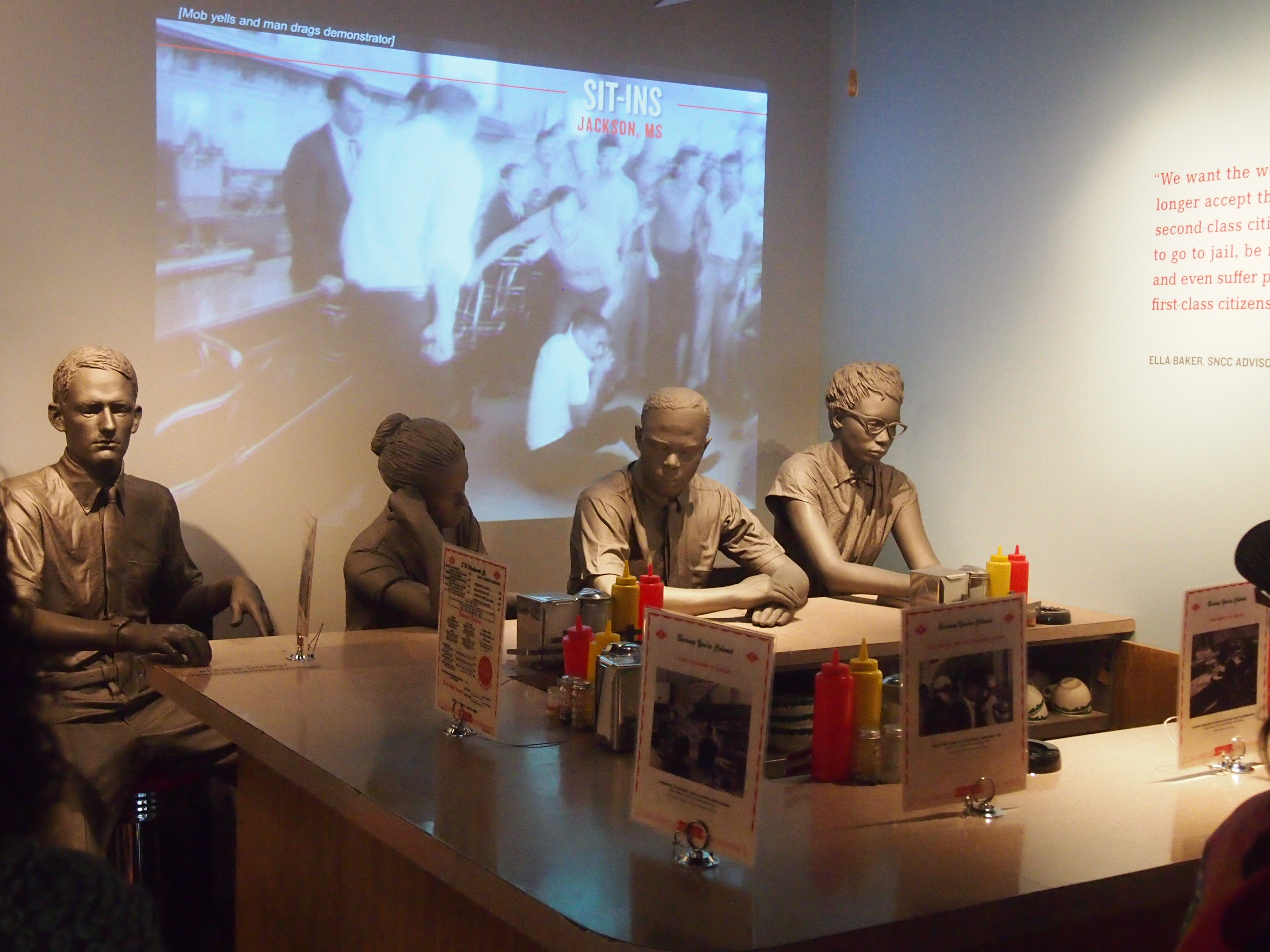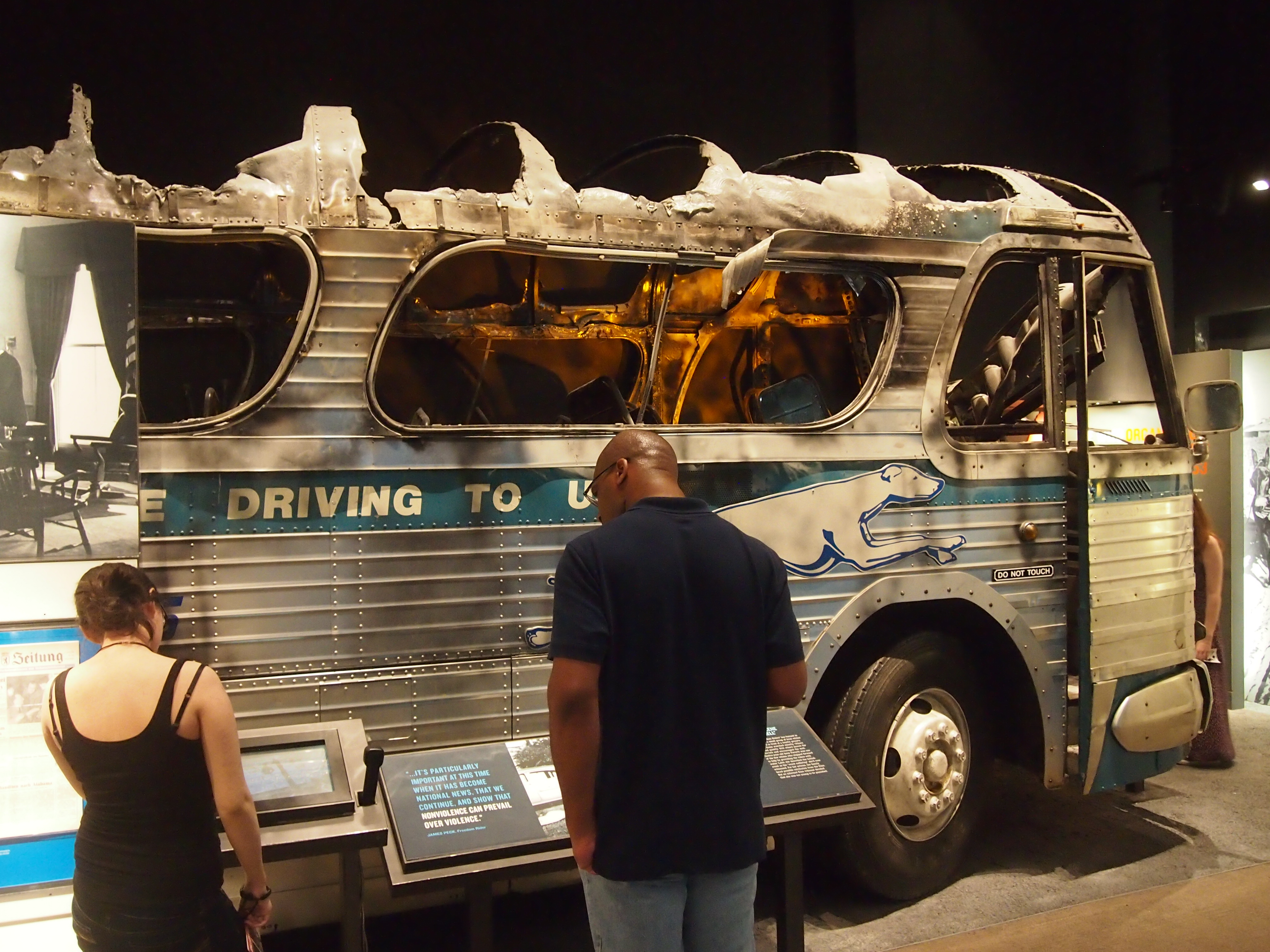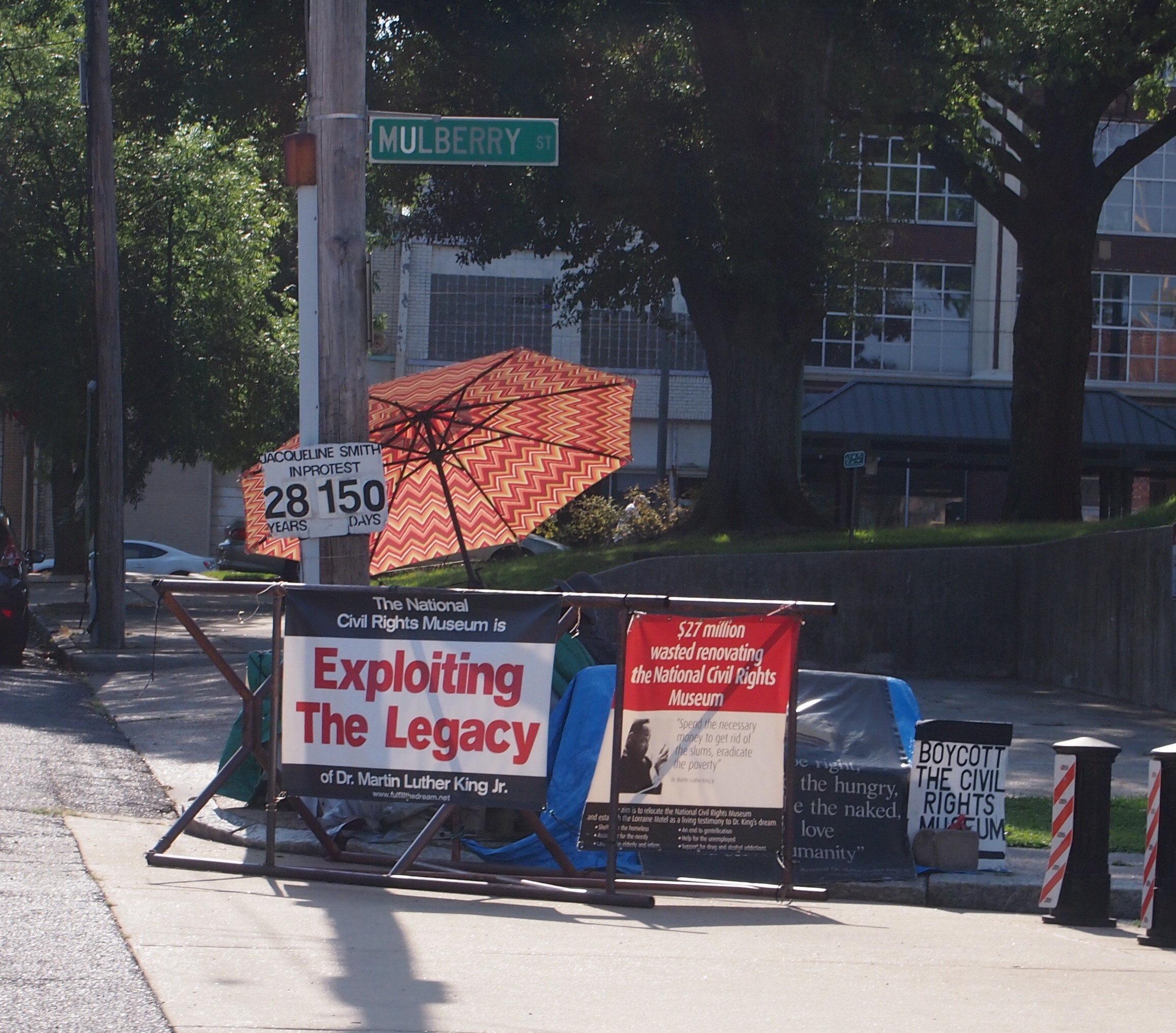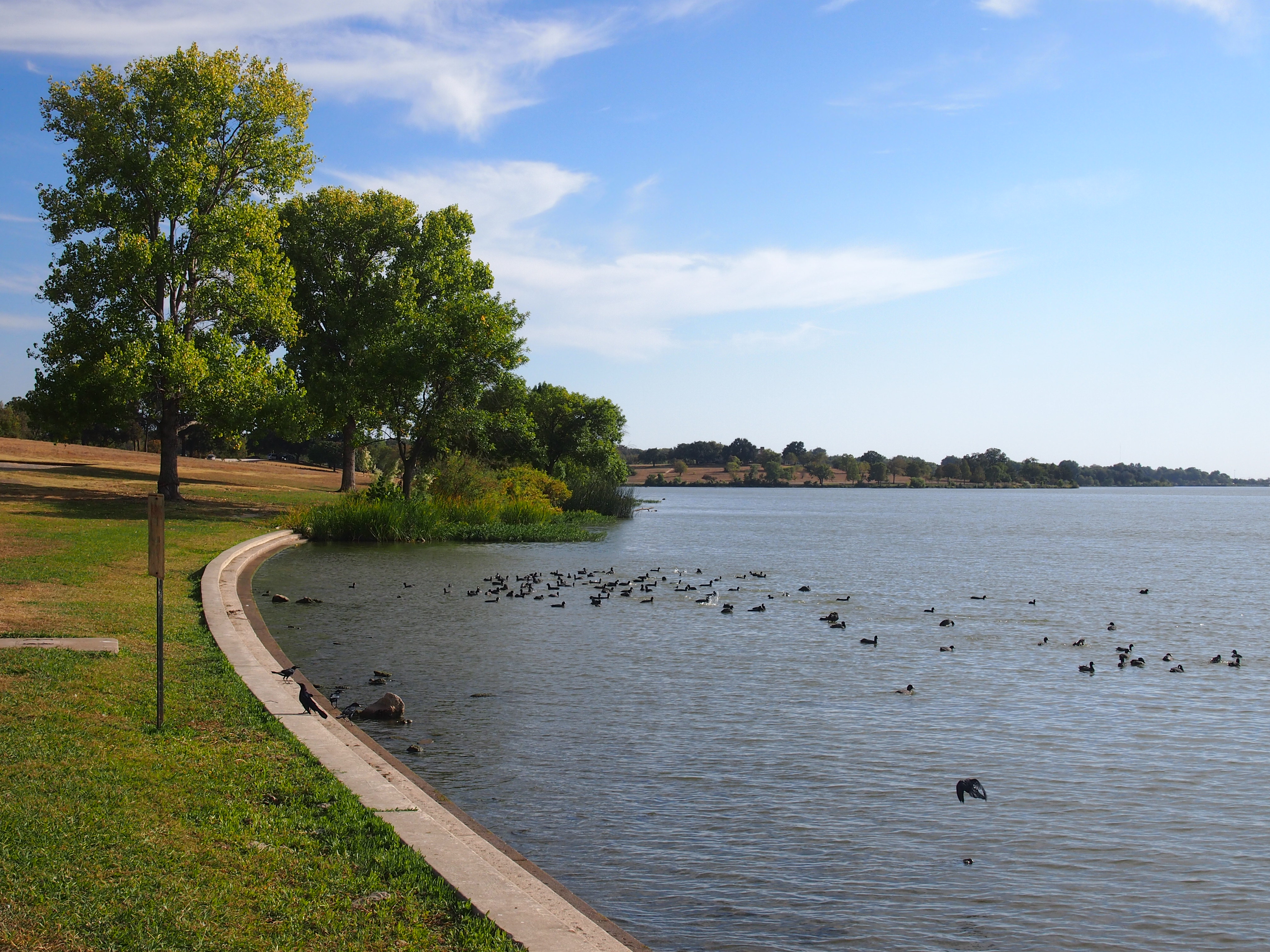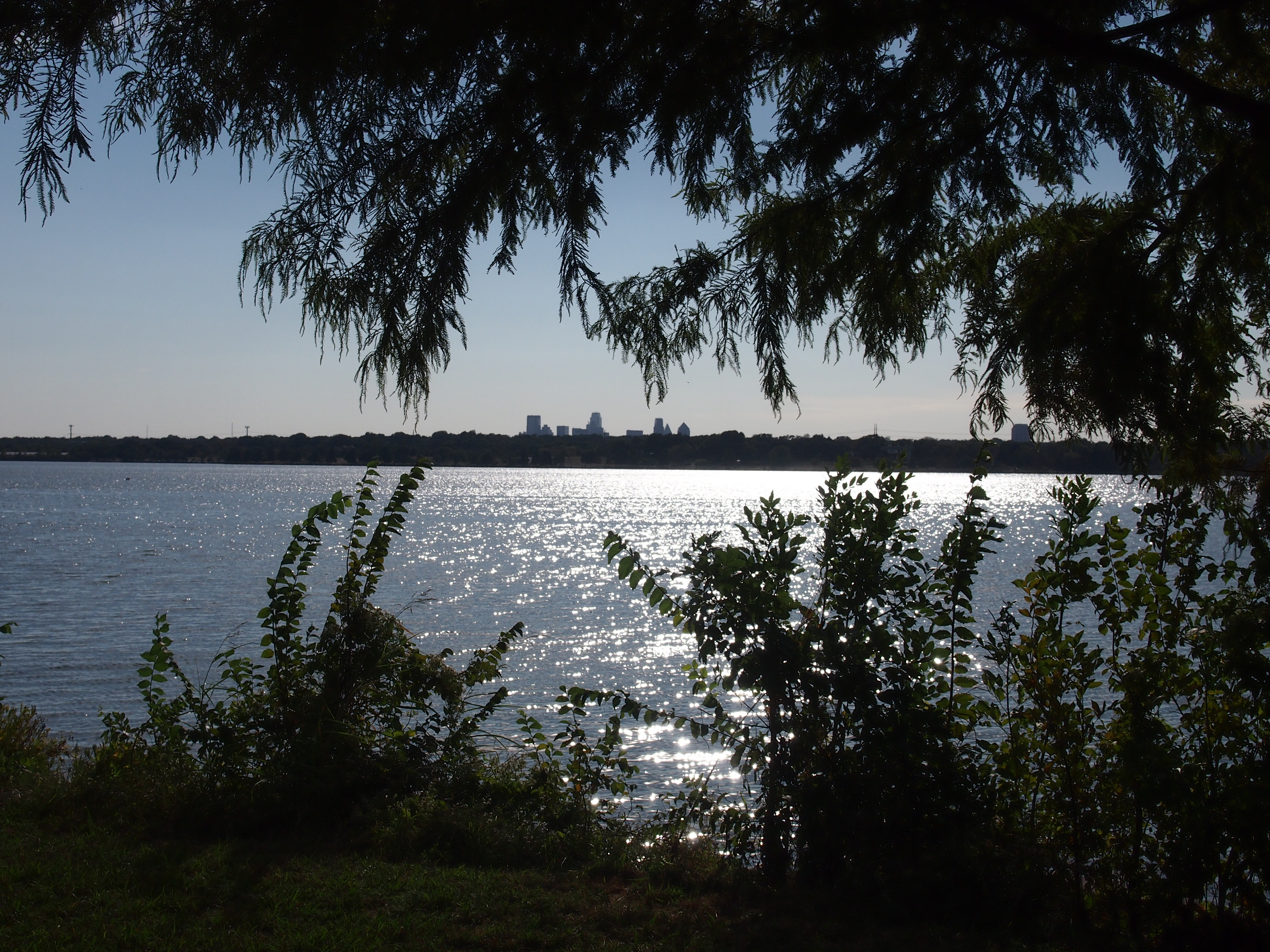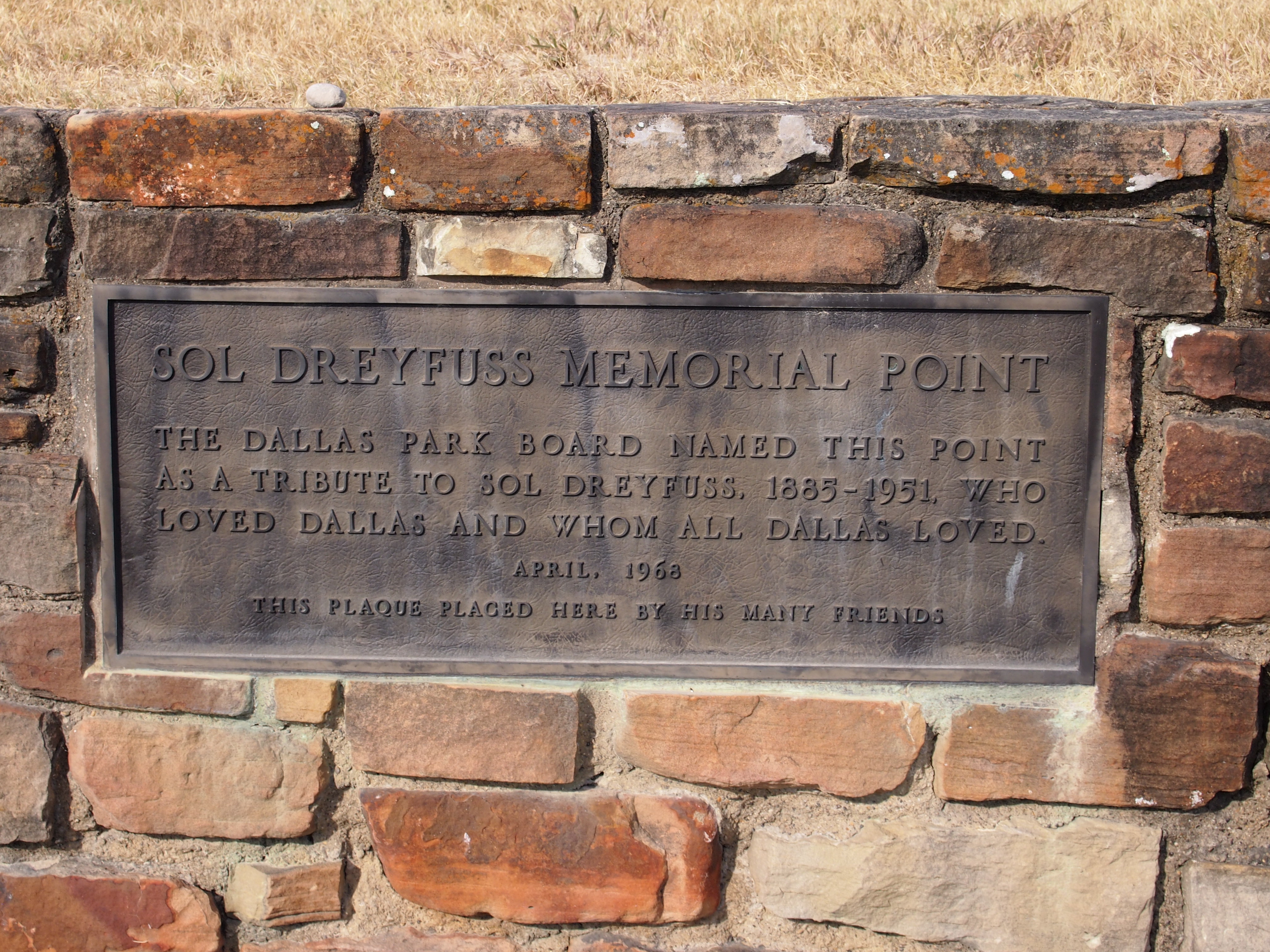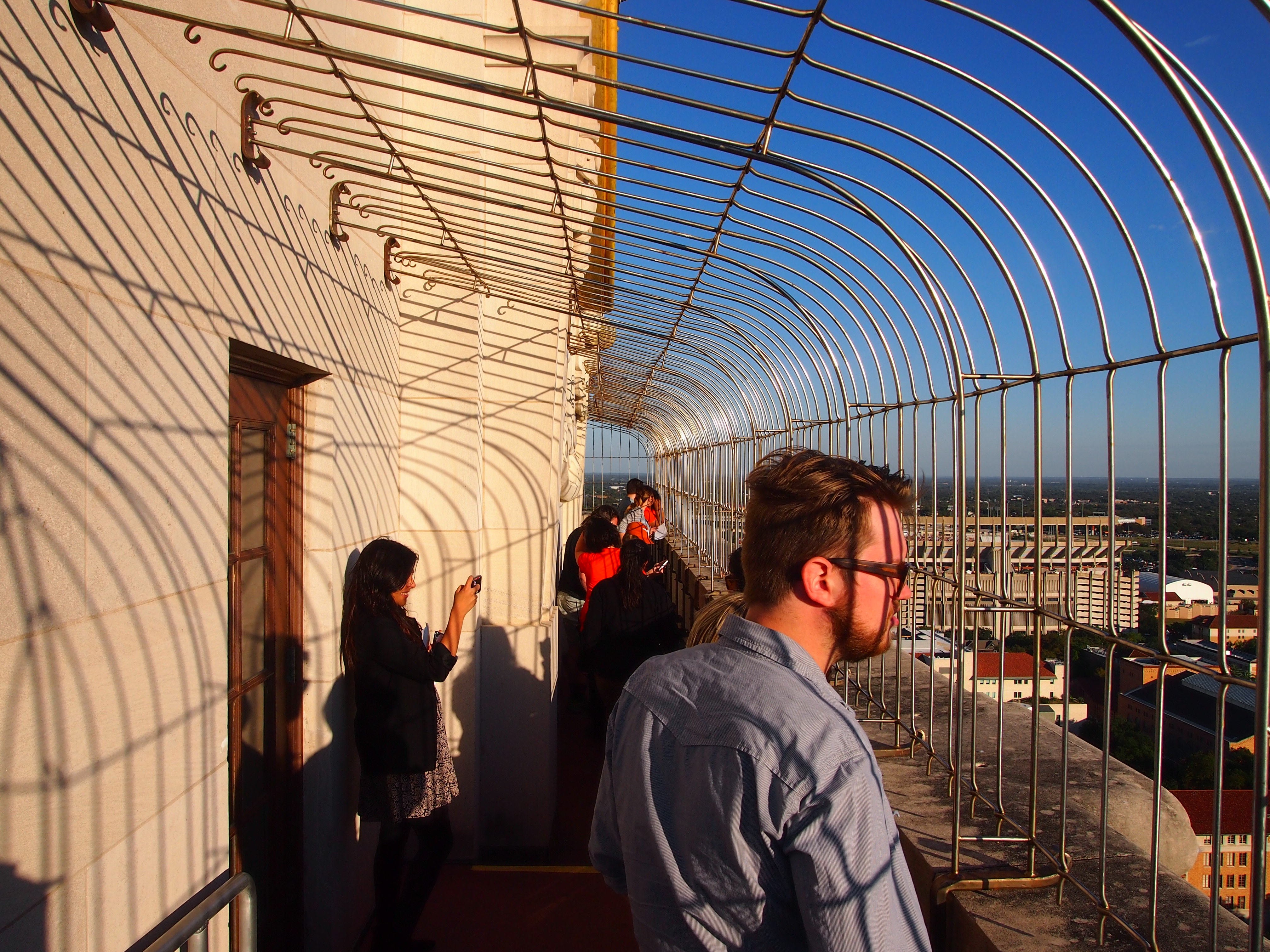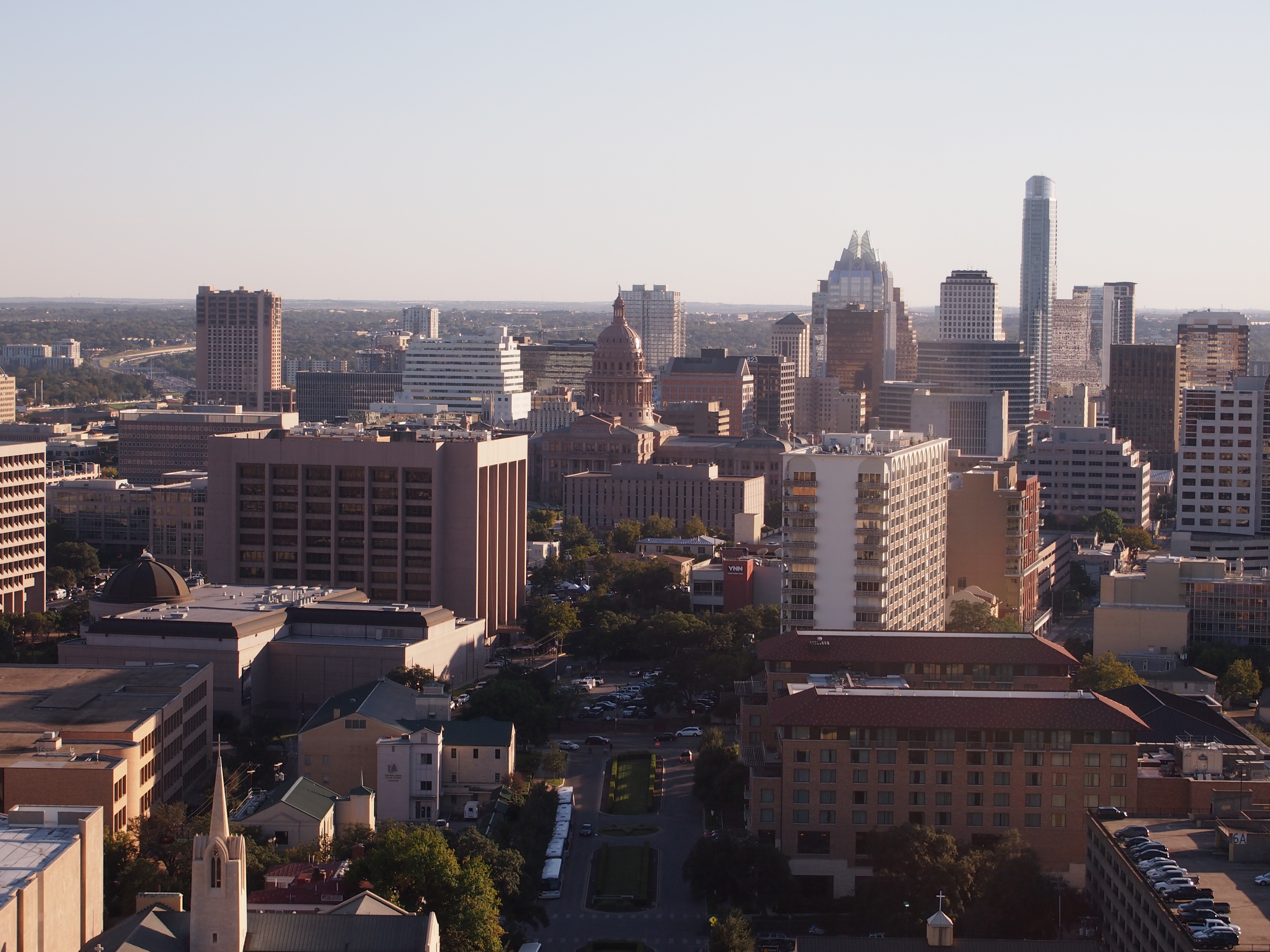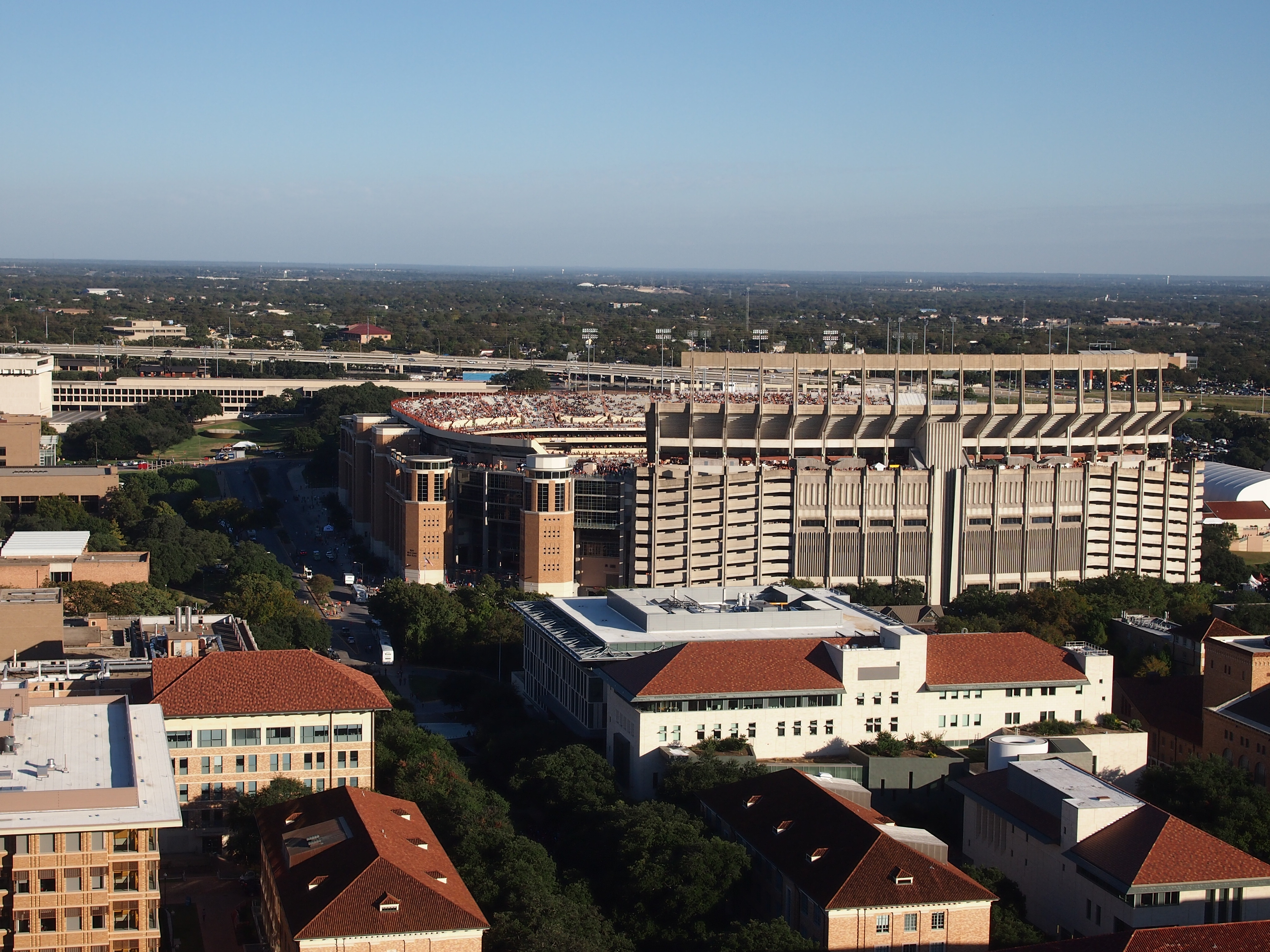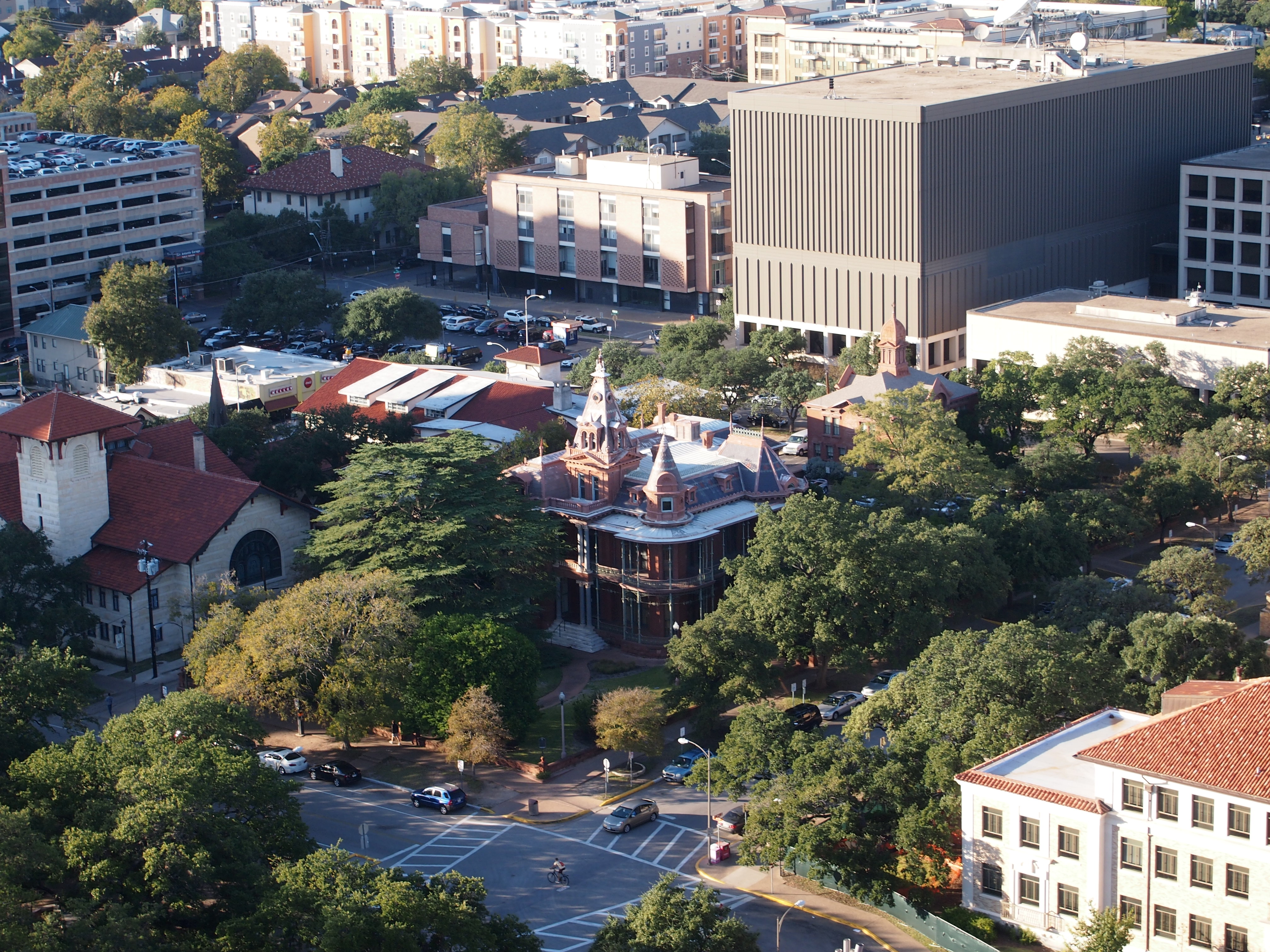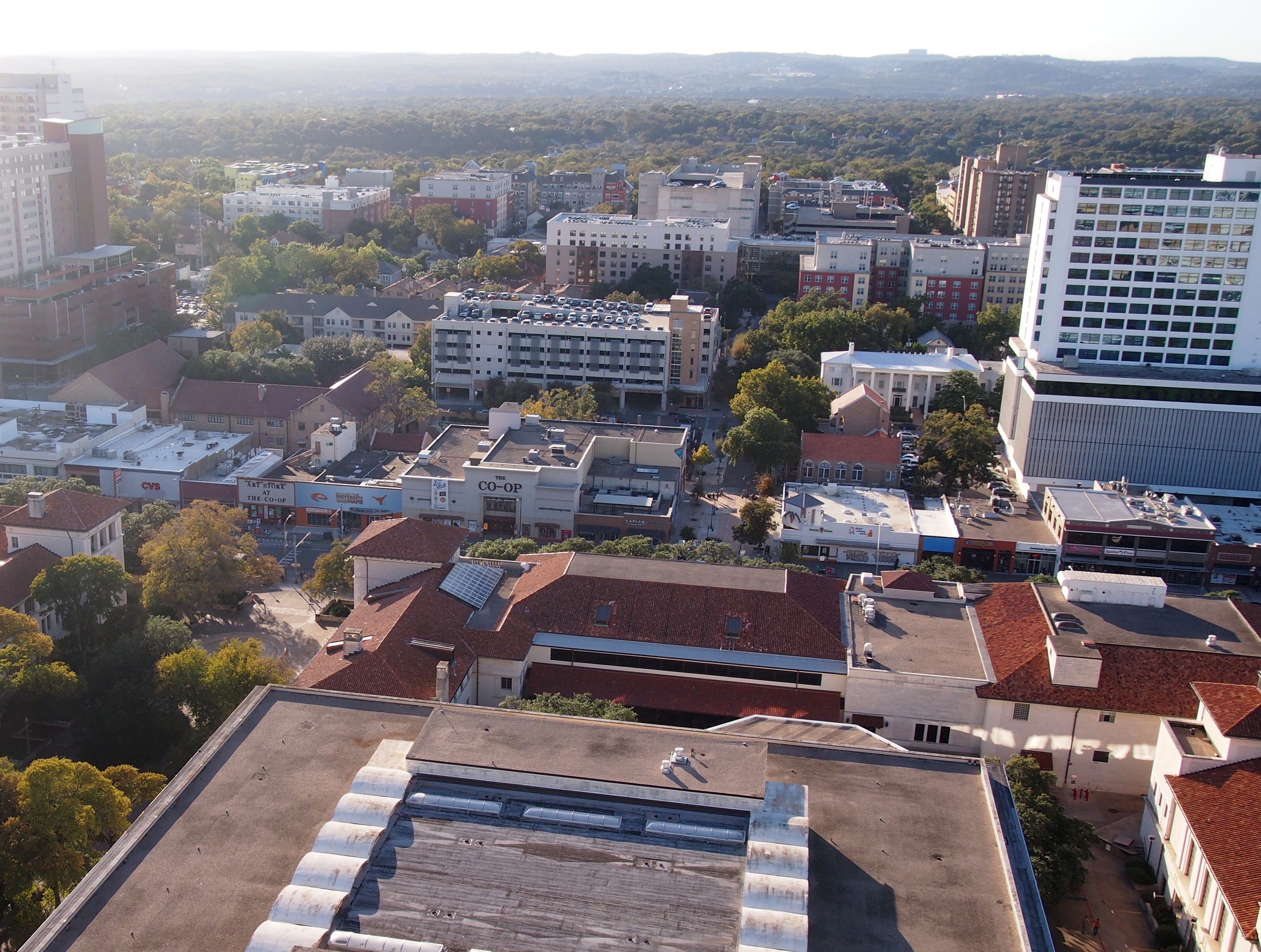I’m glad to report that Jimmy Carter has become the oldest person ever to be President of the United States, at 94 years, 172 days, topping George H.W. Bush. For many years, life expectancy was such that no one bested John Adams, who died at 90 in 1826. Finally Ronald Reagan lived longer than Adams in 2001. Since then, so have the elder Bush, Ford and Carter.
I’m not glad to report that we’ve been getting a raft of calls from an “800 Service” lately, asking me to contact “Apple Support Advisor” for unspecified but ominous reasons. Ah, spring is coming, and that must be the season for phishing.
Turns out it isn’t even a new scam, but this one didn’t say anything about iCloud.
Email subject line recently from a news outlet that has my address: “Meet R. Kelly’s lawyer.”
I don’t think so. Some years ago, I introduced my daughters to the concept of the List of Things I Don’t Care About. A lot celebrities are on the list. More are added all the time, mostly without me being conscious of it. R. Kelly’s been there a long time, but since his recent legal problems, he’s on the list with a bullet.
Here’s something I’d never heard of until the Internet offered it to me completely by chance, despite the fact that it happened in Texas, near a place that I drive by often when I visit that state: the Crash at Crush.
“On September 15, 1896, more than 40,000 people flocked to this spot to witness one of the most spectacular publicity stunts of the nineteenth century — a planned train wreck,” the Texas State Historical Association tells us.
“The man behind this unusual event was William George Crush, passenger agent for the Missouri, Kansas and Texas Railroad… As the arena for his spectacle, Crush selected a shallow valley just north of Waco, conveniently located close to Katy’s Waco-Dallas track.
“In early September 500 workmen laid four miles of track for the collision run and constructed a grandstand for ‘honored guests,’ three speaker’s stands, two telegraph offices, a stand for reporters, and a bandstand. A restaurant was set up in a borrowed Ringling Brothers circus tent, and a huge carnival midway with dozens of medicine shows, game booths, and lemonade and soft-drink stands was built.
“At 5:00 P.M. engines No. 999 and 1001 squared off at opposite ends of the four-mile track. Crush appeared riding a white horse and trotted to the center of the track. He raised his white hat and after a pause whipped it sharply down. A great cheer went up from the crowd as they pressed forward for a better view.
“The locomotives jumped forward, and with whistles shrieking roared toward each other. Then, in a thunderous, grinding crash, the trains collided. The two locomotives rose up at their meeting and erupted in steam and smoke.
“Almost simultaneously, both boilers exploded, filling the air with pieces of flying metal. Spectators turned and ran in blind panic. Two young men and a woman were killed. At least six other people were injured seriously by the flying debris.”
Say what you want about the 19th century, they knew how to stage a spectacle. A dangerous spectacle, but it must have been quite a sight.
The article doesn’t say, but I assume the conductors had some way of keeping the throttles open after they themselves left the engines before they gathered too much speed.
Another thing I didn’t know (there are so many): Scott Joplin named one of his pieces, “Great Crush Collision March,” after the event. Guess it counts as one of the lesser-known railroad wreck songs, unlike the more famous “The Wreck of the Old 97.”
